Building a sustainable home
January 25, 2024
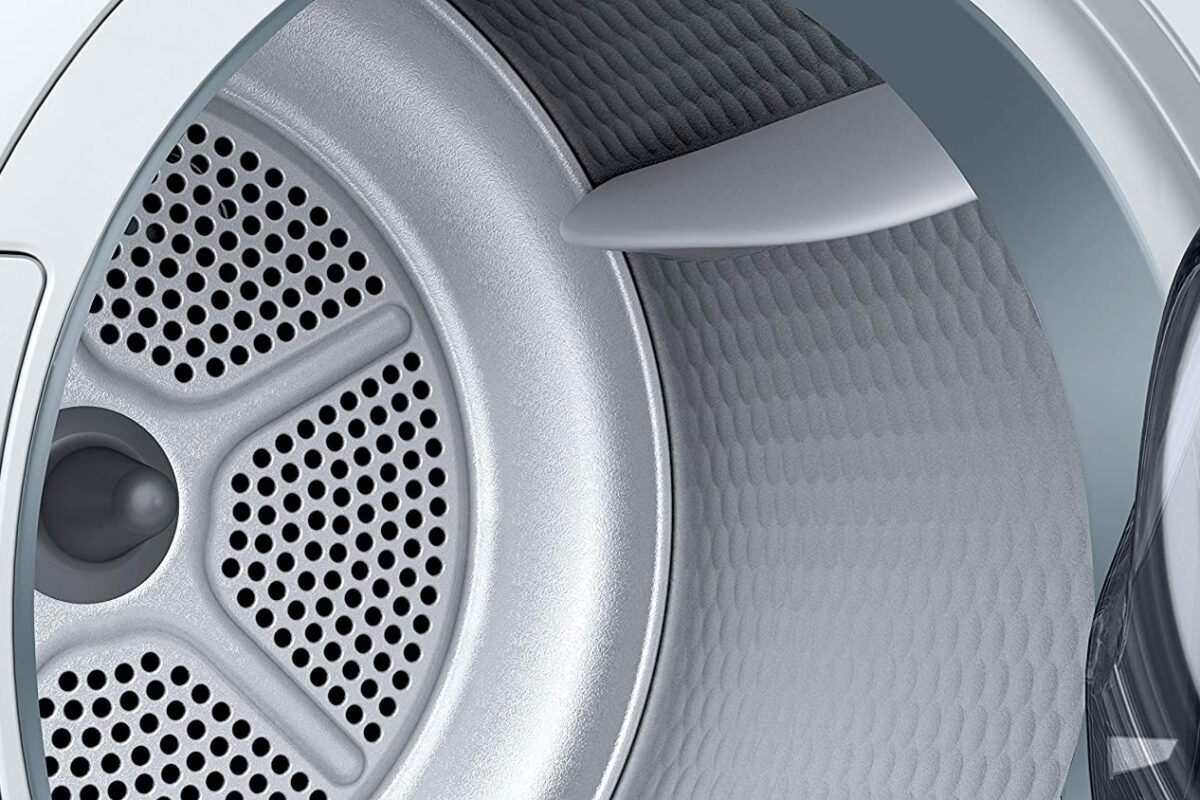
Heat Pump Clothes Dryers: Low-Impact Laundry
Heat pump clothes dryers are an exciting, relatively new electrification technology. One can cut perhaps 10% of your household energy use.
Read ArticleJanuary 19, 2023
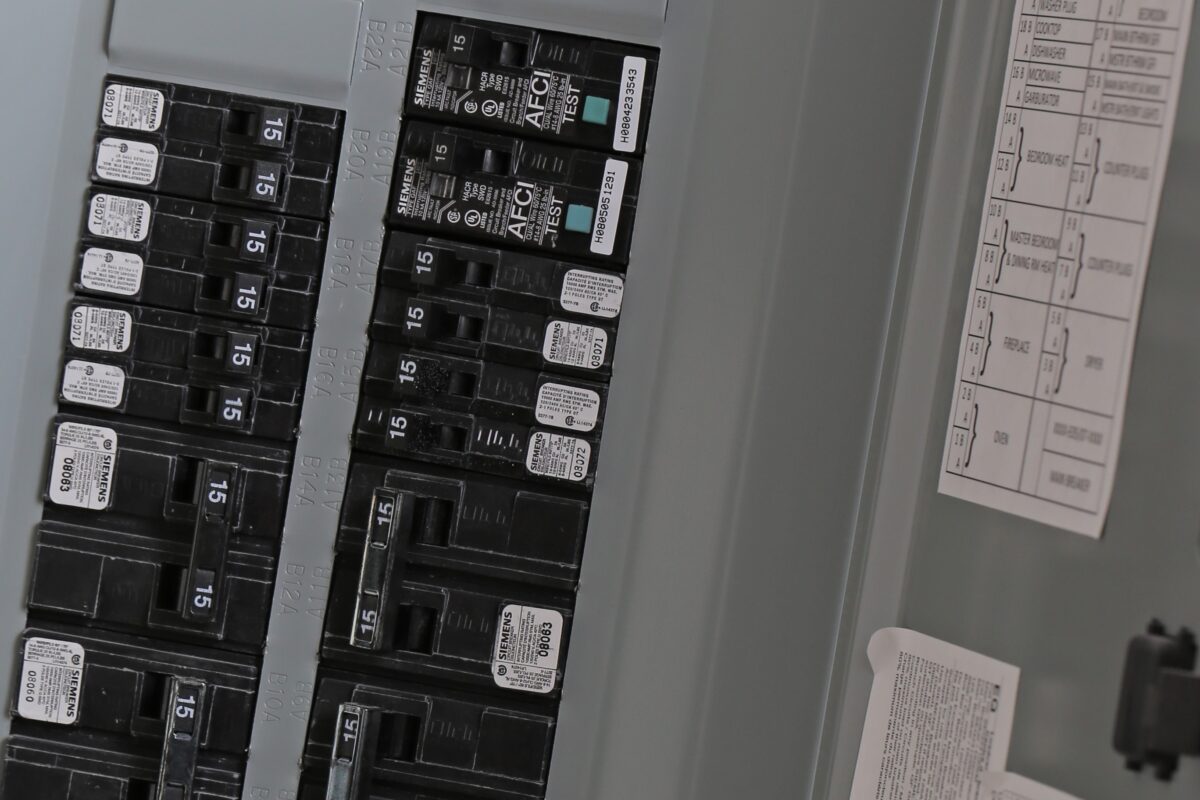
Electrifying? You May Not Need an Electrical Panel Upgrade
Abandoning gas for all-electric appliances? The electrical panel is the unsung hero of any home electrification project.
Read ArticleJanuary 2, 2023
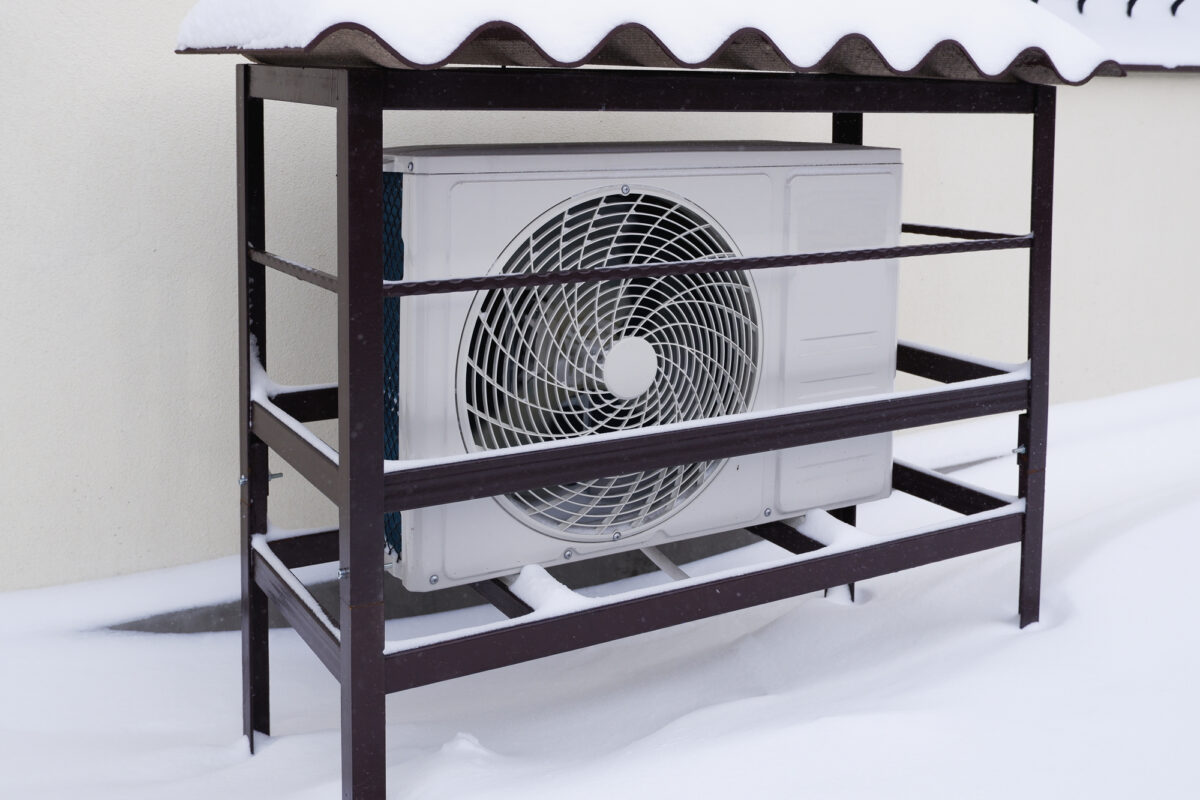
Cold Climate Heat Pumps Warm Homes on the Coldest Days
We know that decarbonization requires electrifiction, and we know that heat pumps work in many situations. But many people still wonder: Will heat pumps work in cold temperatures?
Read ArticleSeptember 22, 2022
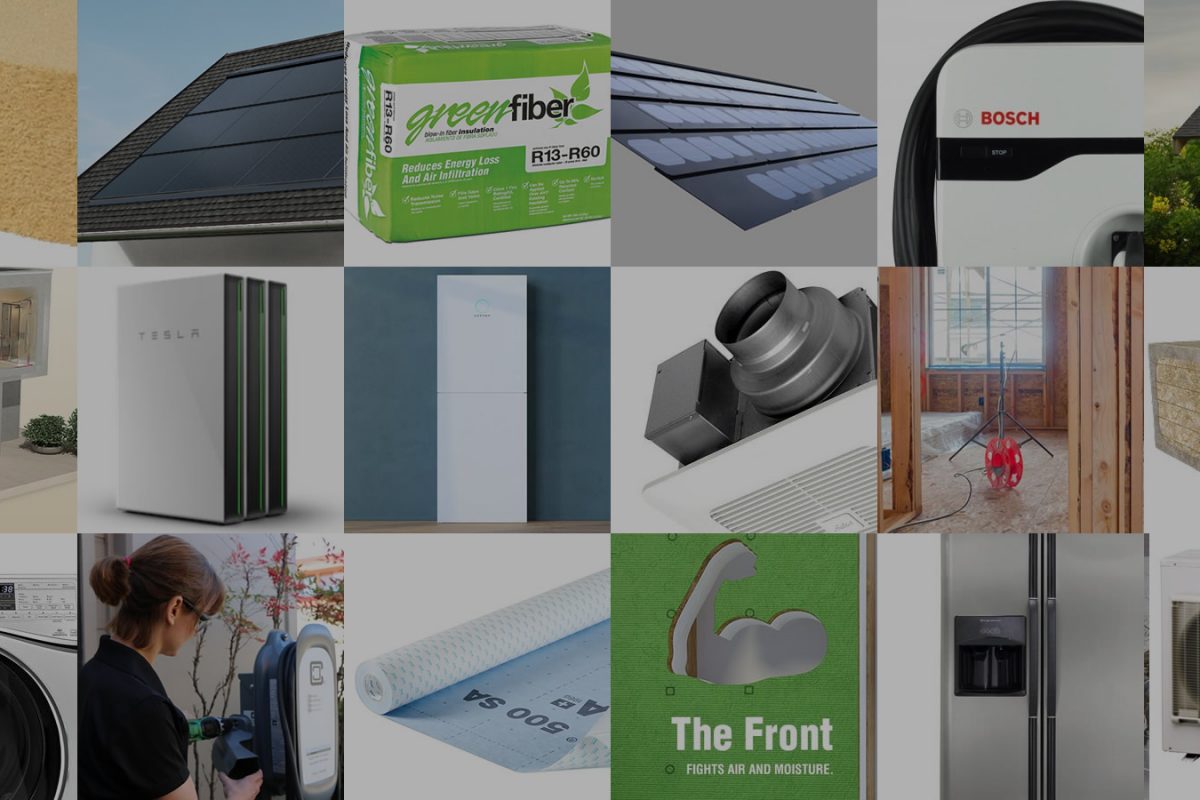
Highlighting Useful Technologies for Getting to Zero: The New Zero Energy Project Product Directory
Building materials and equipment play a key role in the efficiency and affordability of zero energy buildings. This is why we’re proud to introduce the Zero Energy Project Product Directory to help builders identify appropriate products and to stimulate the supply chain to provide products that will draw the building sector toward greater energy efficiency.
Read ArticleJune 14, 2021

Low Carbon Kitchens
Whether you’re building a new home or replacing worn out appliances, you’ll want to choose products that reduce energy use and your carbon footprint. Some choices are just improved versions of familiar products, and other options may be completely new. Make your next kitchen a 21st century kitchen — ready for our zero carbon future.
Read ArticleJune 9, 2021
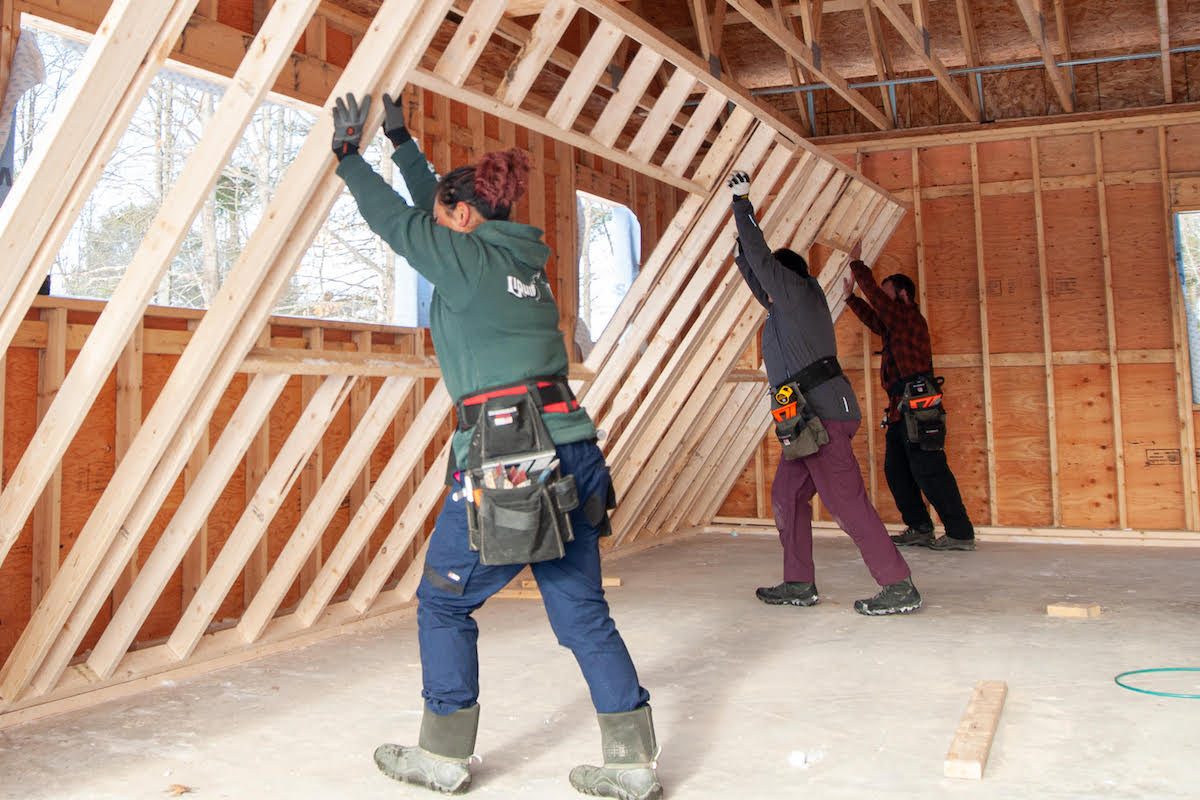
The Mythical Threat to Double-Stud Walls
When choosing a high-performance wall assembly, you have many choices. One of them is to build double-stud walls. The double-stud wall approach sometimes raises the concern that it will lead to mold growth and wood rot. Is this fear based in reality? Green Building Advisor checked it out and found that wood-moisture content and seasonal temperature fluctuations do not seem to create moisture problems in double-stud walls.
Read ArticleMarch 6, 2021
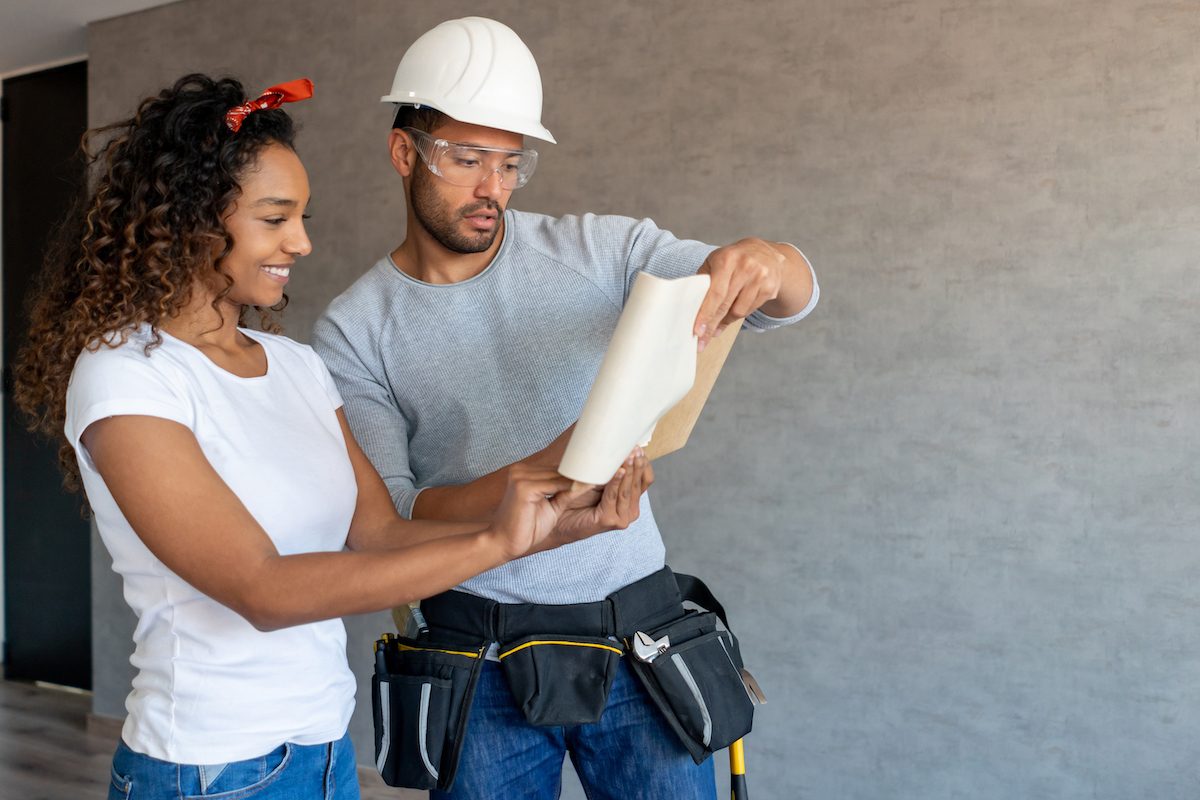
Find an Experienced Zero Energy Professional in our New Directory
Building or renovating a home? One key to success is hiring zero energy experienced construction professionals. Now you can find designers, builders, energy consultants, prefab companies and panel manufacturers that have already built to zero. Check out our new, expanded directory of zero energy construction professionals.
Read ArticleFebruary 8, 2021
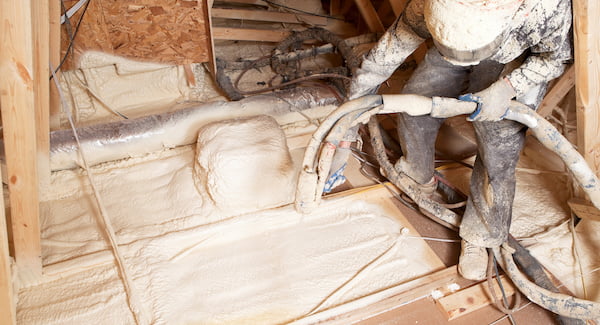
Now, a More Climate-Friendly Spray Foam
Spray foam is used enthusiastically by many builders hoping to improve energy performance of their projects. But the hidden climate impact of conventional 2-pound, closed- cell foam is actually a huge step backward. A new generation of low global warming potential spray foam corrects this fatal flaw.
Read ArticleFebruary 5, 2021
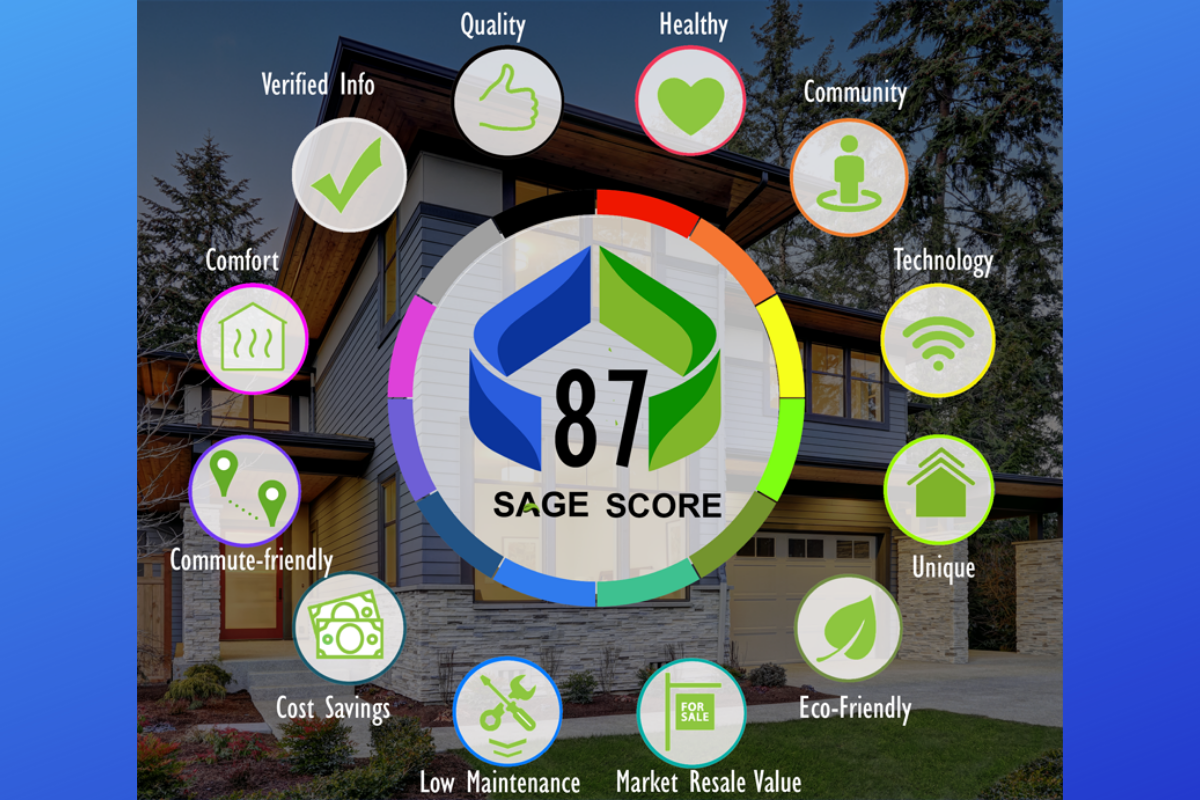
Want an Eco Home? Here’s What You Need To Know about Real Estate To Actually Get One
Home buyers can have a daunting task when looking for a home that is green, healthy and energy efficient. Much of the available real estate sales information ignores vital metrics in these areas. But if you’re looking to buy or sell a home with exceptional environmental and energy efficient features, here is an online tool that will help.
Read ArticleJanuary 8, 2021

Heat Pump Clothes Dryers — Ready for Prime Time
There is an elephant in the utility room. Clothes dryers have big energy appetites. As homes go all-electric, switching to heat pump technology for clothes drying will save energy and reduce carbon emissions, while reducing the wear and tear on your clothes.
Read ArticleNovember 9, 2020

Keep Cool Without Air Conditioning
Since before the dawn of civilization, humans have stayed comfortable by harnessing the forces of nature. These principles can also be applied in today’s homes and buildings to reduce or eliminate energy used for conventional air conditioning.
Read ArticleNovember 9, 2020
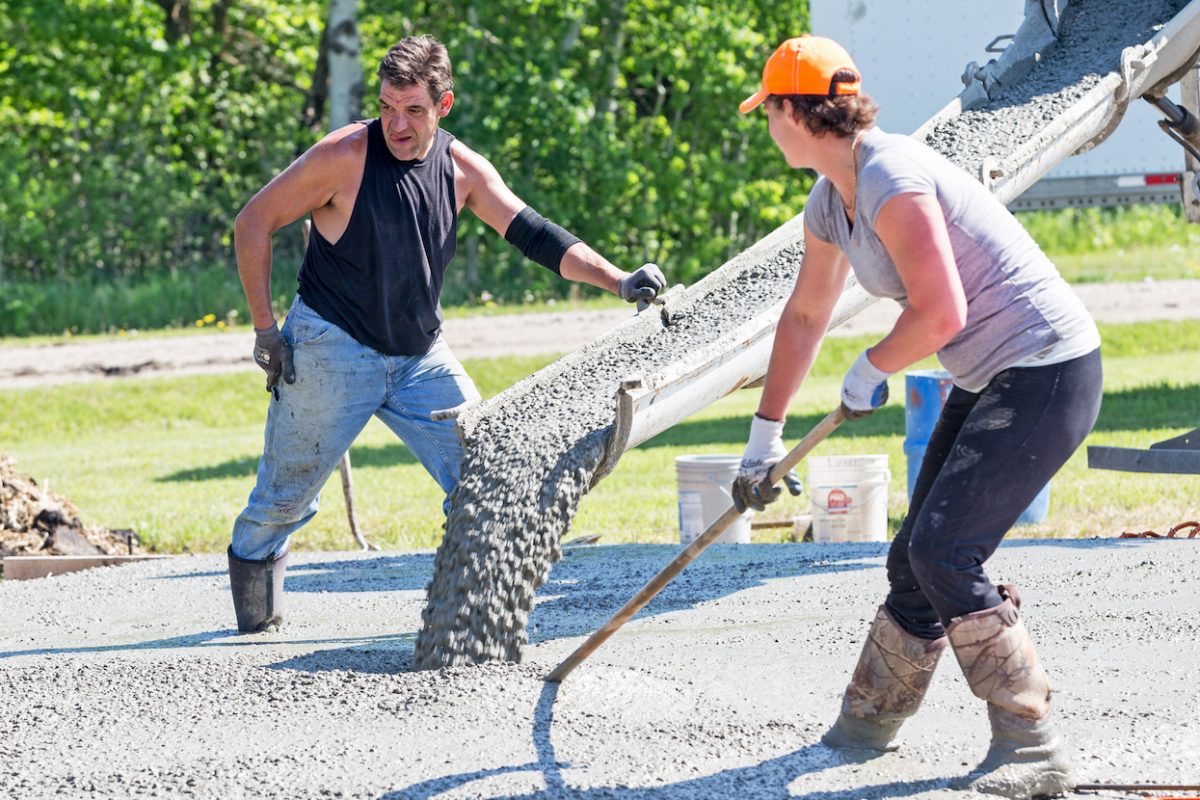
Low Carbon Concrete – Starting from the Ground Up
Concrete is the largest source of embodied carbon in buildings, but we can change that. “Green” concrete products are now available that range from somewhat lower carbon, to zero carbon, and carbon negative. Concrete may just flip from villain to hero when builders, designers, and homebuyers demand it.
Read Article